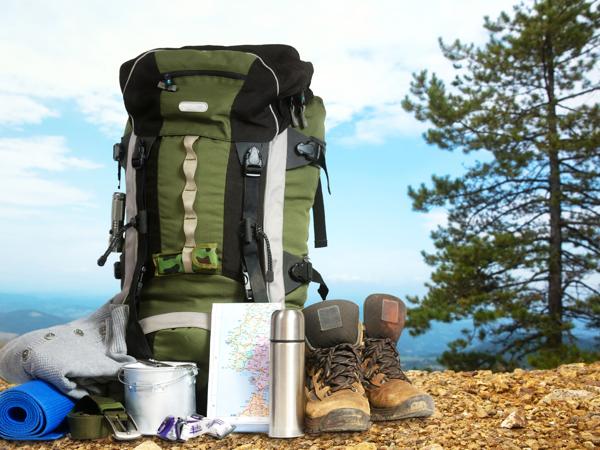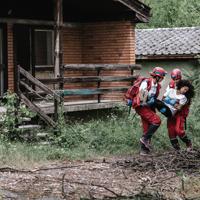Venturing into the wilderness can be intimidating, especially if you find yourself without a clear path. Understanding how to read a topographic map can offer reassurance and guide you safely. Let’s explore the facets of these maps and how they can become an indispensable part of your outdoor adventures.
What is a Topographic Map?
A topographic map is a detailed representation of the natural and man-made features of a part of the Earth’s surface. Unlike regular maps, these include elevation information, usually shown through contour lines. They allow you to visualize the terrain and understand the lay of the land.
Understanding Contour Lines
Contour lines are the foundation of topographic maps. Each line connects points of equal elevation, helping you visualize the 3D shape of the terrain on a 2D map. Here’s a simple way to grasp them:
-
Contour Interval: This is the elevation difference between successive contour lines. Always check the map legend to understand this interval. For instance, if the interval is 20 feet, each line represents a 20-foot change in elevation.
-
Close Contour Lines: Lines that are close together represent steep terrain, while lines that are farther apart indicate gentle slopes.
-
Index Contours: These are typically every fifth line, drawn more boldly and labeled with the elevation for easier reading.
Map Symbols and Colors
Topographic maps use a variety of symbols and colors to depict different features:
- Blue: Represents water bodies like rivers and lakes.
- Green: Depicts vegetation, such as forests.
- Black: Man-made features like roads and trails.
- Brown: Used for contour lines and elevation details.
Each symbol on the map serves a purpose, guiding you with visual cues about what you might encounter. A map legend usually provides explanations for these symbols.
Scale of the Map
The scale indicates the level of detail depicted on the map. It’s the ratio of a distance on the map to the corresponding ground distance. A common scale is 1:24,000, meaning one inch represents 24,000 inches (or 2,000 feet) in reality. Larger scale maps include more detail and are preferable for close-up navigation.
Reading Elevations and Terrain Features
To properly read and interpret terrain, familiarize yourself with some basic topographic patterns:
- Hills and Mountains: Appearing as closed circular shapes with concentric contour lines.
- Valleys and Ridges: Valleys are V-shaped with the V pointing uphill, while ridges have the V pointing down.
- Depressions: Represented by closed lines with hachures or short lines on the inside showing lower elevation.
Understand these basic shapes to intuitively read how the land changes around you.
Practical Tips for Using Topographic Maps
-
Practice with Grid Coordinates: Many maps have grids that correspond to latitude and longitude or another coordinate system. Use these for precision location activities.
-
Map Orientation: Always ensure your map is oriented with your surroundings. Use a compass to align the map north with your actual direction.
-
Triangulation: If you identify two landmarks on the map and sight them in reality, you can use a compass to draw lines from the landmarks. Where these lines intersect is often your current location.
-
Consistent Referencing: Continually refer to your map as you travel. This helps compile mental images of the terrain, improving your navigation skills over time.
Examples in Practice
Imagine you’re navigating through a hilly forest area. You notice from the map that contour lines converge on one side of a hill, denoting a steep ascent. By planning your route, you might choose to approach from a gentler slope where lines are spread apart, conserving energy and reducing the risk of accidents.
If you’re near a stream, the map can help you decide where to cross, perhaps choosing a point where contour lines indicate a shallower, more passable section.
Conclusion
Mastering topographic maps takes practice, but the benefits are substantial for anyone interested in wilderness exploration. They offer not just a guide but a deeper connection to nature, helping you understand and appreciate the world’s complex geography. Reading these maps can be an enlightening journey on its own.
For further study, numerous resources, including local shops and online retailers, offer guidebooks and detailed maps specific to your area of interest. Consider starting with your local library or trusted online educational platforms if you’re eager to dive deeper.




